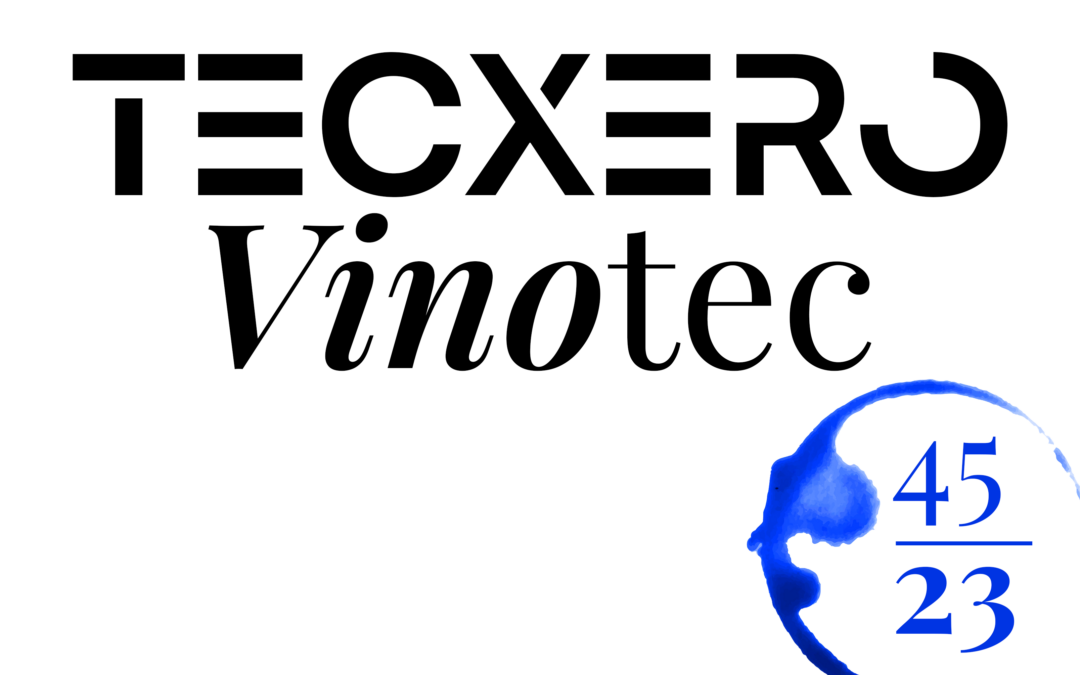Sie sehen gerade einen Platzhalterinhalt von Spotify. Um auf den eigentlichen Inhalt zuzugreifen, klicken Sie auf die Schaltfläche unten. Bitte beachten Sie, dass dabei Daten an Drittanbieter weitergegeben werden.
Mehr InformationenWeinempfehlung
Roberto Voerzio: Barolo Cerequio 2019
Übertrag aus letzter Folge / Sonstiges
- Boeing hat noch mal 5 Tage bekommen, Veröffentlichung der Daten jetzt geplant für den 13.11.2023
- Nachtexpress Austria Daten sind geleaked von der Play-Gruppe
- Jens und Martin diskutieren die Kritikalität, Sicherheit und Angreifbarkeit von Unterseekabeln
Gehackte Unternehmen
KaDeWe Group
Die KaDeWe-Gruppe (u. a. KaDeWe Berlin, Oberpollinger München, Alsterhaus Hamburg) wurde Opfer eines Cyberangriffs. Sehr wahrscheinlich sind Kundendaten abgeflossen – auch Auswirkungen auf die Abwicklung des Tagesgeschäfts waren bemerkbar. Die Angreifergruppe „Play“ (siehe auch Nachtexpress Austria) bekannte sich zum Angriff – bisher noch keine Daten geleaked / aufgetaucht.
Shimano
Shimano wurde von Lockbit angegriffen – es sind 4,5 TB an Daten abgeflossen. Diese sind „angeblich“ auch schon veröffentlicht, auf den entsprechenden Mirrors von Lockbit sind die Daten aber noch nicht zu finden.
MAT Antriebstechnik
MAT Antriebstechnik wurde gehackt – ebenfalls von Lockbit. Bisher auf der Unternehmensseite noch kein Update.
Schwachstellen
Staatliche Root-Zertifikate
Eine neue EU-Vorgabe sieht vor das (u. a.) Browser-Hersteller staatlichen Root-CA zwingend vertrauen müssen. Diese Vorgabe öffnet (staatlich orchestrierten) Man-in-the-Middle Attacken Tür und Tor. Wir halten das für extrem bedenklich und schließen uns der deutlich geäußerten Kritik von vielen Experten an.
Veeam One
Mehrere Schwachstellen in der Monitoringlösung von Veeam
Schwachstelle im Monitoringtool
- ohne Authentifizierung aus der Ferne Schadcode-Attacken auf den SQL-Server ausführen
- Unbefugten ist der Zugriffe auf den NTLM-Hash des Accounts des Veam One Reporting Services möglich
- CVE-2023-38547 & CVE-2023-38548
- CVSS: 8.6
- Quelle: https://www.heise.de/news/Sicherheitsupdates-Zwei-kritische-Luecken-bedrohen-Monitoringtool-Veeam-One-9354987.html
Microsoft Exchange Server
(Mal wieder) eine Schwachstelle im Microsoft Exchange Server – es stellt sich (mal wieder) die Frage ob und warum man den Exchange Server noch „on-Premise“ betreibt. der Aufwand für die IT ist enorm, das Angriffspotenzial ebenfalls.
- ZDI-23-1578
- CVSS: 7.2
- Quelle: https://www.heise.de/news/Microsoft-Exchange-Server-anfaellig-fuer-Remotecode-Ausfuehrung-und-Datenklau-9353809.html
Videolan-Client
Im beliebten Medienplayer „VLC“ gibt es eine neue Schwachstelle, die für Angriffe ausgenutzt werden kann. Durch die Manipulation mit unbekannten Daten kann eine Pufferüberlauf-Schwachstelle ausgenutzt werden
- CVE-2023-47359
- CVSS: 6.0
- Quelle: https://vuldb.com/de/?id.244686
